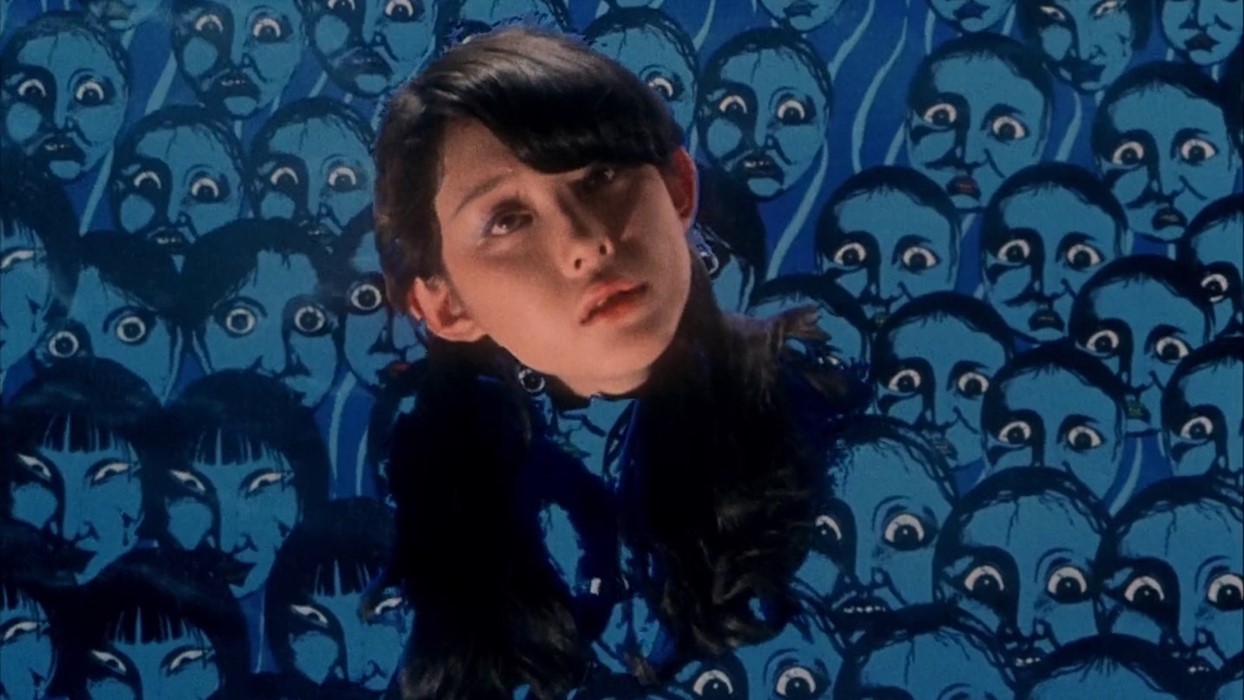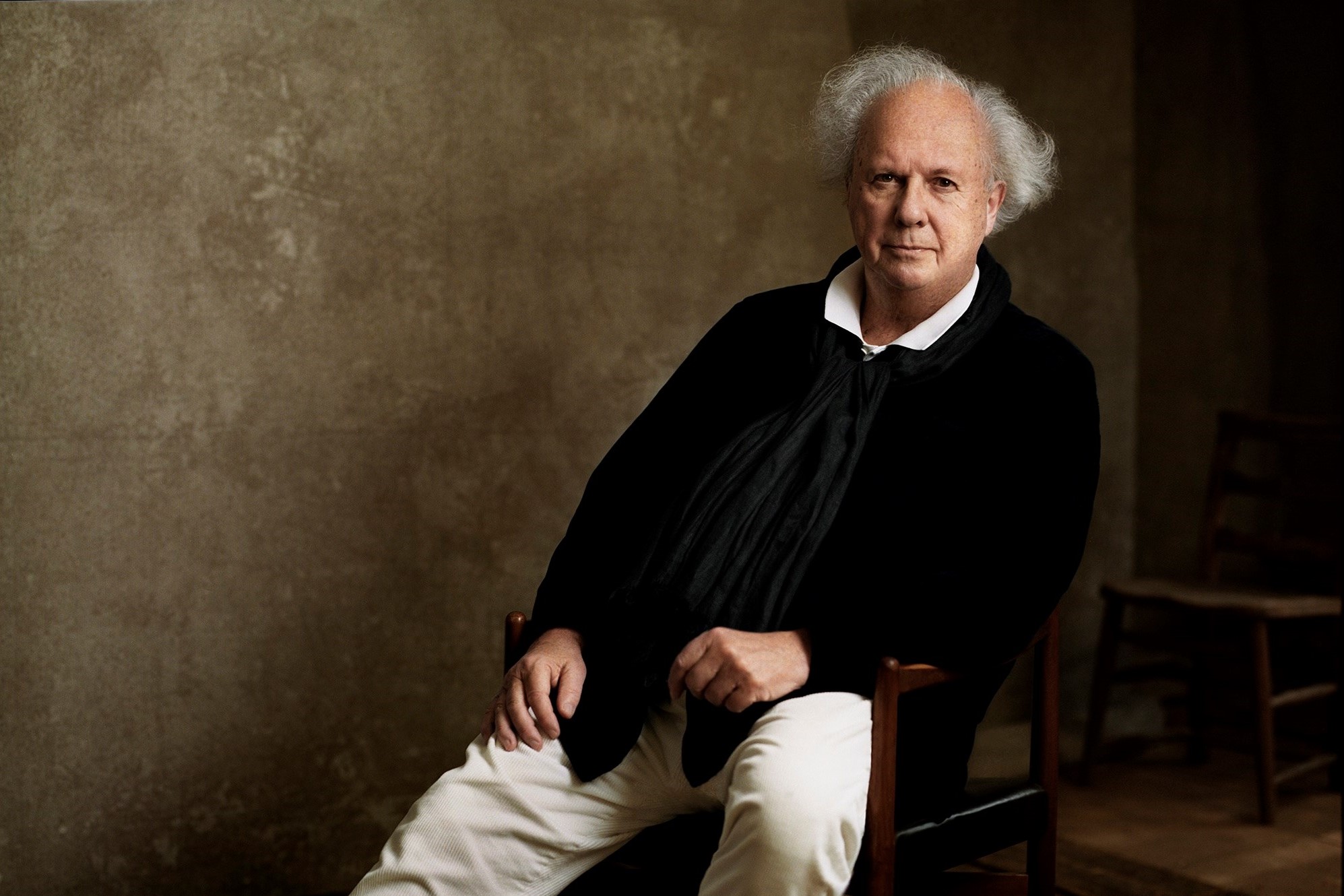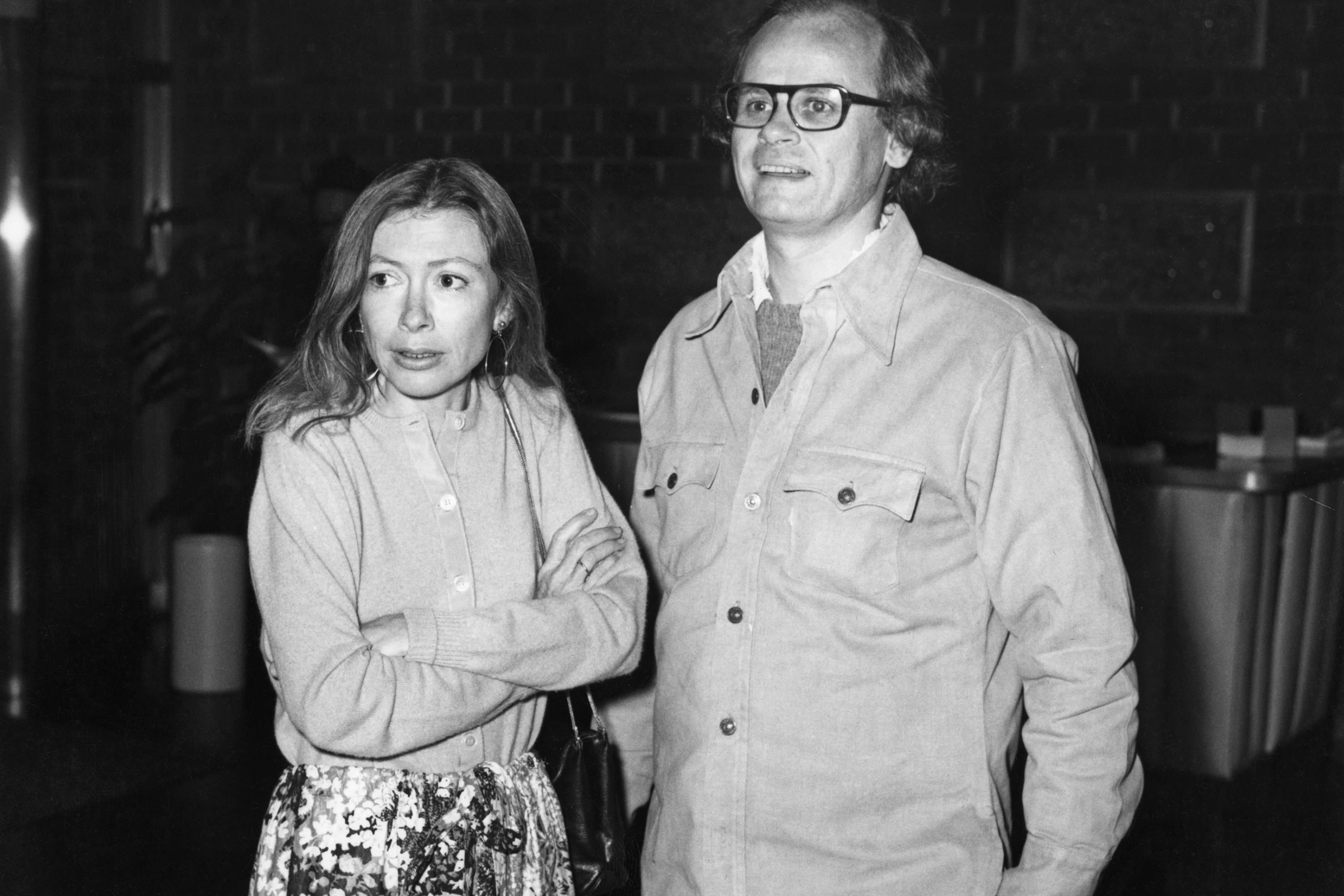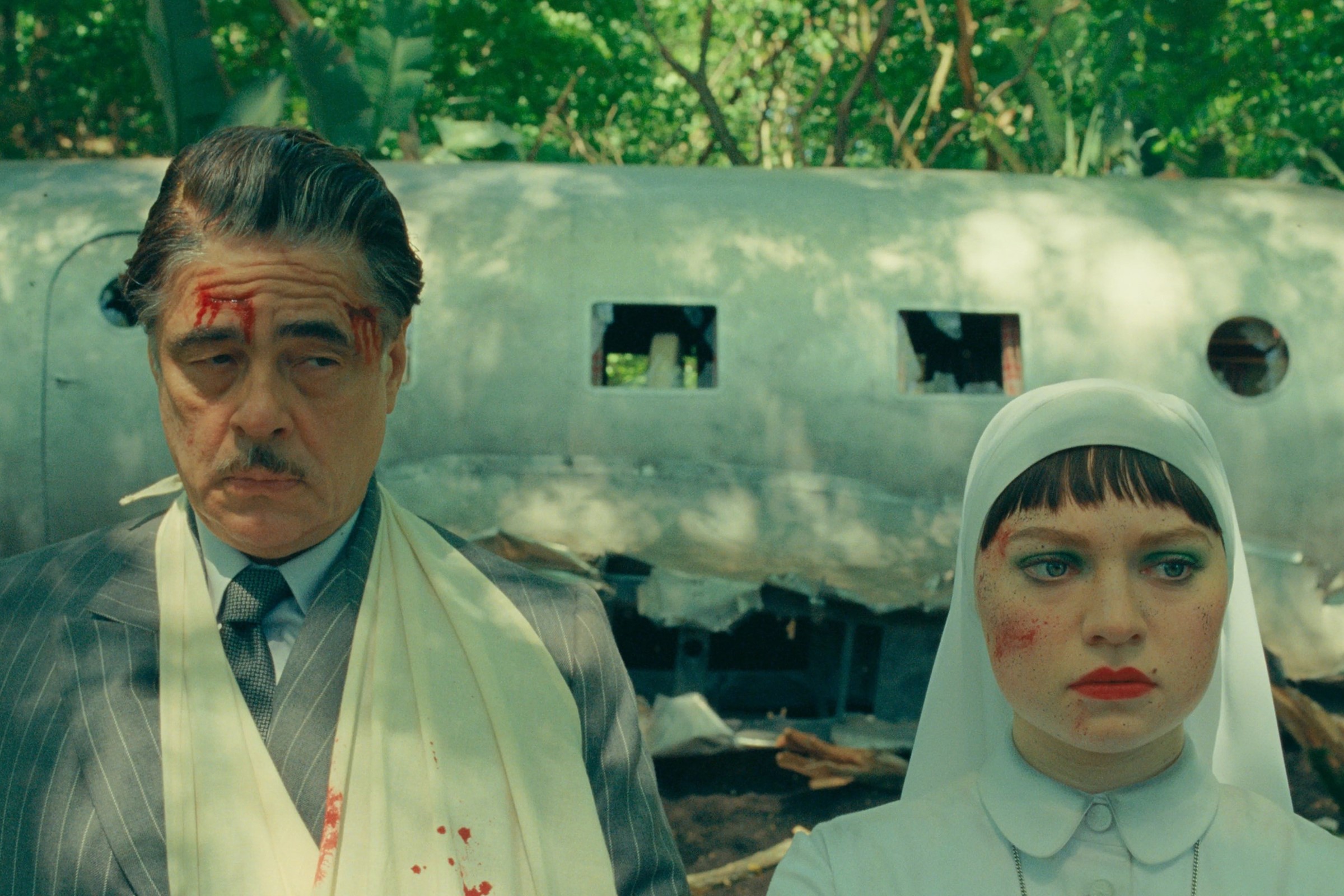Writer James Balmont selects five must-see films from Nobuhiko Obayashi – one of Japan’s most innovative and fantastical cult filmmakers
Japanese cinema has always had a penchant for the bizarre. Take a look at the softcore “pink film” industry that has thrived at adults-only cinemas since the 60s, or how directors like Seijun Suzuki fused crime with hyper-stylised visuals at the heart of the Japanese New Wave. A giant, nuclear-powered dinosaur (Godzilla) remains one of the country’s biggest film icons. And then there’s Nobuhiko Obayashi, director of one of the most absurd cult horror films of all time, and a visionary maverick in a whole league of his own.
A pioneer of avant-garde short films in the 60s and 70s, Obayashi would direct some 2,000 commercials (by his own estimate) during his early career, establishing an outlandish visual style that makes Bill Murray’s Suntory whisky ads in Lost in Translation look subtle by comparison. They remain a sight to behold to this day: male deodorant was showcased with zooming close-ups, porno-esque posturing and gunplay; trousers were modelled on an Old West film set, with Japanese cowboys striding past saloons showing off their slacks; while frozen dessert was the focus of a rainbow-coloured fantasy clip featuring cosmic special effects. So when Toho film studio (home of Godzilla) suffered major box office troubles in the mid-70s, they decided to take a punt on the man who’d turned advertising into art, with the hope that he could conjure audiences back into their theatres with his first feature film.
Obayashi’s 1977 debut House smashed the brief, combining kitsch, collage-style visuals, stop-motion animation, and the kind of rapid-fire editing usually reserved for advertising flashy new products. A mind-boggling mixed-media spectacle, the film was derided or ignored by critics, but became an unexpected commercial hit – setting up Obayashi for a prolific feature filmmaking career in the decades that followed.
And while he would largely tone down the visual mayhem for the more conventional youth and fantasy productions that followed in the 80s and 90s, the director would arguably reach his creative zenith in the 21st century, when he returned to the zany visual style that had launched his career. These mid-10s films would be philosophical and phantasmagorical productions, each bearing a passionate anti-war sentiment. They would be his final works.
In 2021, 18 months after his passing, three of these latter films now receive a physical release outside of Japan for the first time ever, via Third Window Films’ new Blu-ray box set. (The director’s final feature Labyrinth of Cinema, meanwhile, received a physical release last month via Crescendo House). To mark the occasion, AnOther looks back on the inimitable works of one of Japan’s unique singular creative visionaries – the luminary himself, Nobuhiko Obayashi.
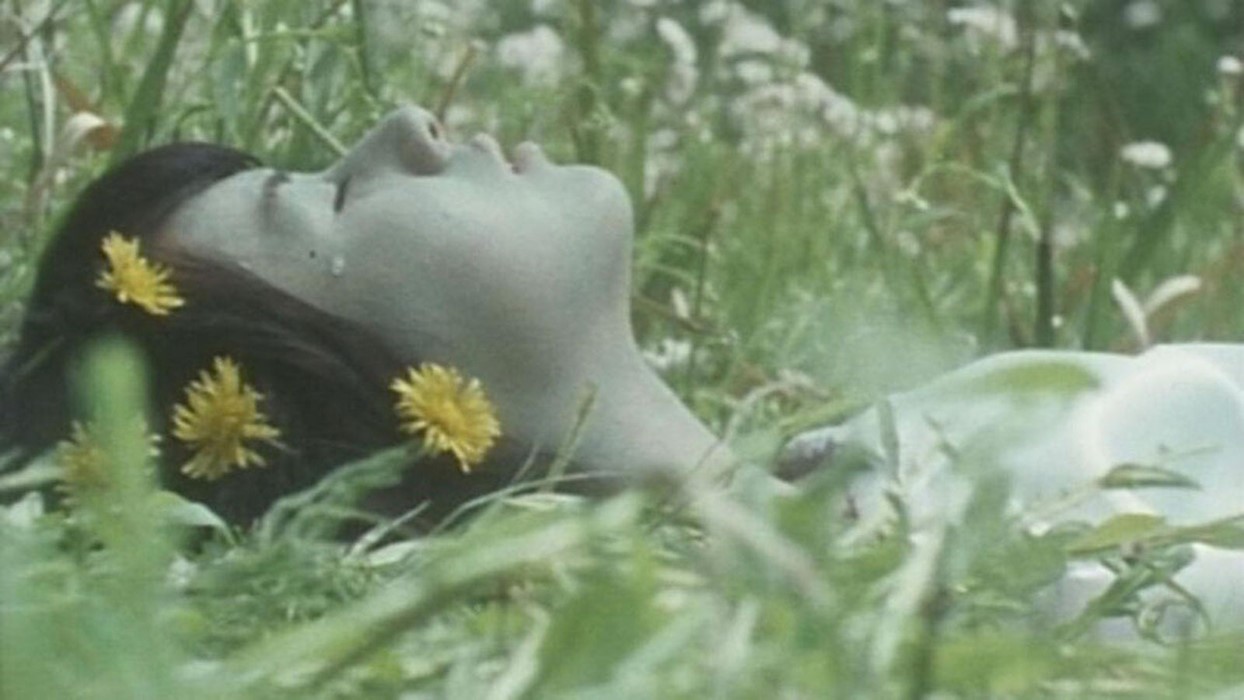
Émotion, 1966
During the mid-60s, Obayashi completed an experimental short packed full of the avant-garde stylings that would come to define so many of his later cult works. And while the film is ostensibly the story of a young girl who leaves her seaside home for the city, only to fall in love with a mysterious man who might be a vampire, Émotion’s true appeal is its deconstruction of the film medium itself.
Black and white footage is turned kaleidoscopic through the use of vibrant yellow, green and sepia colour filters. Crude stop-motion sequences and animated sections turn stock characters into otherworldly entities. And schizophrenic montage and jump-cuts transform 39 minutes of oddness into a strobe-like visual fantasy. The disorientating effect is only amplified by a narrator who switches from English to Japanese to French without a moment’s notice, as kanji inter-titles with words like “Jellyfish”, “Steam Whistle” and “Dragonfly” flash on-screen as if they were items on a shopping list. Throw in cigarette-smoking cowboys and floating red parasols, and you’ve got a recipe for what one IMDb reviewer described in 2020 as “incomprehensible visual gibberish” – a great compliment for the film’s OTT style and form.
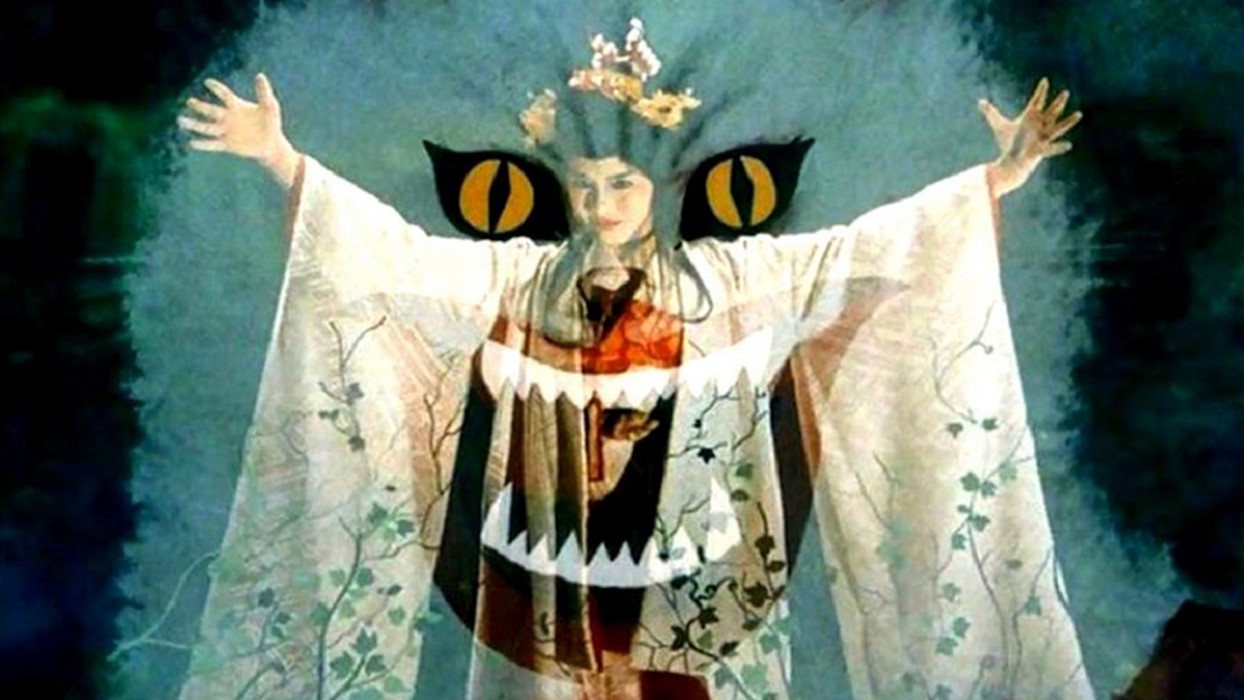
House, 1977
To attempt to describe the chaos of House in a few sentences is as ridiculous a task as the film itself, but in short, Obayashi’s debut feature is one of the most eccentric haunted house tales ever made. A simple plot concerns seven students (named Fantasy, Angel, Melody, Prof, Sweetie, Mac and Kung-fu, in an apparent nod to Snow White’s Seven Dwarves) who wind up in a house full of floating heads, hand-munching pianos and skeletons. Unsurprisingly, much trouble ensues. But the true joys of this mixed-media spectacle are found in its bizarre and hyperactive fusion of rotoscoping, action replays, garish colours and cheesy music. It all amounts to something like a cross between Suspiria, The Evil Dead and Scooby-Doo.
This profoundly eccentric project was Obayashi’s response to being invited to make Japan’s answer to Jaws, after Toho studios noted the popularity of Steven Spielberg’s blockbuster overseas. The director wisely rejected the idea, and instead adapted a concept pitched by his 13-year-old daughter, Chigumi, who is credited as the film’s writer. The film remains, without a doubt, Obayashi’s most well-known work in the west, after two screenings at the New York Asian Film Festival in 2009 set it on the path to becoming an enduring cult sensation.
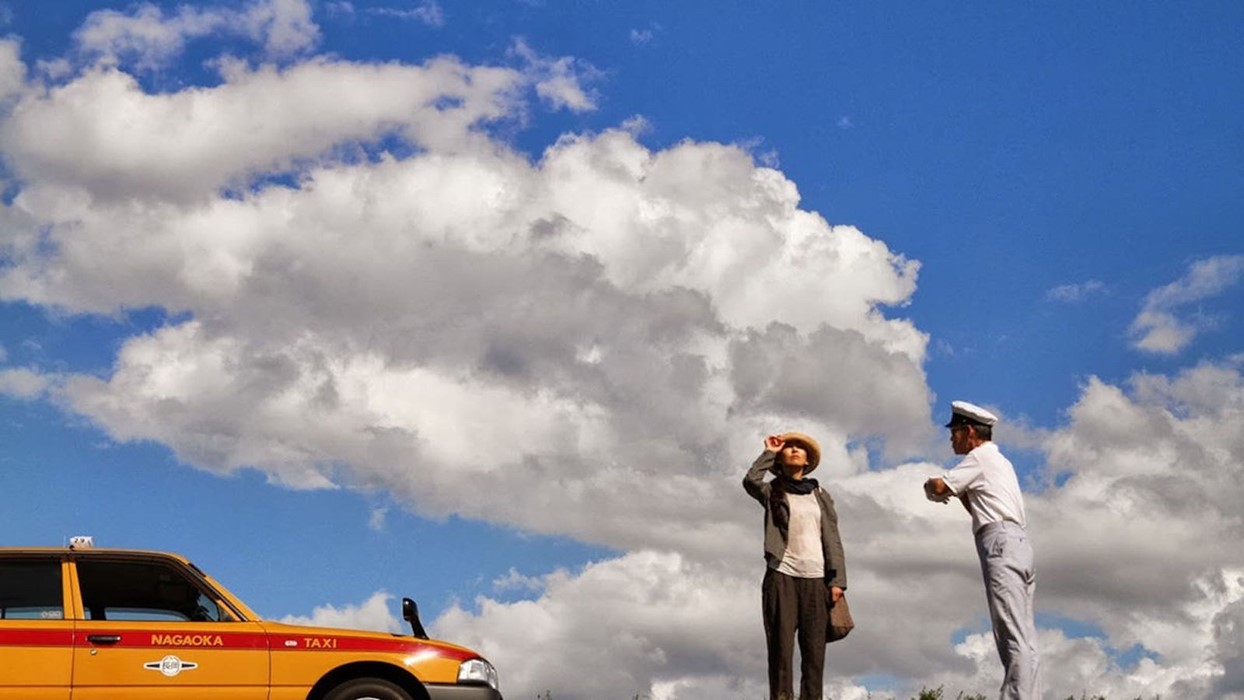
Casting Blossoms to the Sky, 2012
Casting Blossoms to the Sky marked Obayashi’s return to the experimental style and form of his earlier works after decades spent working as a director-for-hire. And while this near-three-hour project is packed to the brim with bright colours, storybook screen-wipes and hyperreal images, the finished film presents a significant thematic departure from the controlled chaos of works like House.
The film’s title refers to the fireworks that take place in Nagaoka, Niigata every year at 22:30 on August 1 – the same time that, in 1945, the city was reduced to rubble by a US military B29 bomber, killing 1,470 people. With the film arriving just a year after the catastrophic 2011 Tōhoku earthquake and tsunami, the tone of Casting Blossoms to the Sky is accordingly much more serious and thoughtful, with colour-collage visuals contrasting with harrowing accounts of incendiary bombings during the second world war. The result is a fascinating epic that is part history lesson, part art project and part stage play, laced with melodrama and a mesmerising visual style.
Much of the film’s emotion is expressed via the nostalgic, orchestral score, which is full of soaring strings and melancholy piano melodies. And while most of the music is penned by Kosuke Yamashita, the rousing main theme is instantly recognisable as the work of Joe Hisaishi; the eight-time Japanese Academy Award-winning composer best known for his long-running collaborations with director Takeshi Kitano and Studio Ghibli’s Hayao Miyazaki.

Hanagatami, 2017
Hanagatami was initially proposed to be Obayashi’s first feature film, but after the script was rejected it laid dormant for 40 years. It wasn’t until 2016, after the director had been diagnosed with terminal cancer and given just months to live, that he finally put his passion project into production, raising funds on the street to help raise its budget.
The film is a heartfelt chronicle that harks back to Obayashi’s own experiences of the second world war as an infant, and his upbringing in the years that followed Japan’s surrender. Themes of romance, hope, anxiety and loss combine in a story about the lives of young Japanese people in an idyllic rural village that is inescapably moulded by the outbreak of war overseas. And while there are unforgettable visuals aplenty (naked horseback riding beside a moonlit ocean, giant fish models paraded in a street festival), they are delivered in a pensive atmosphere here, underpinned by the repeated refrain of Bach’s mournful Cello Suite No.1 Prélude.
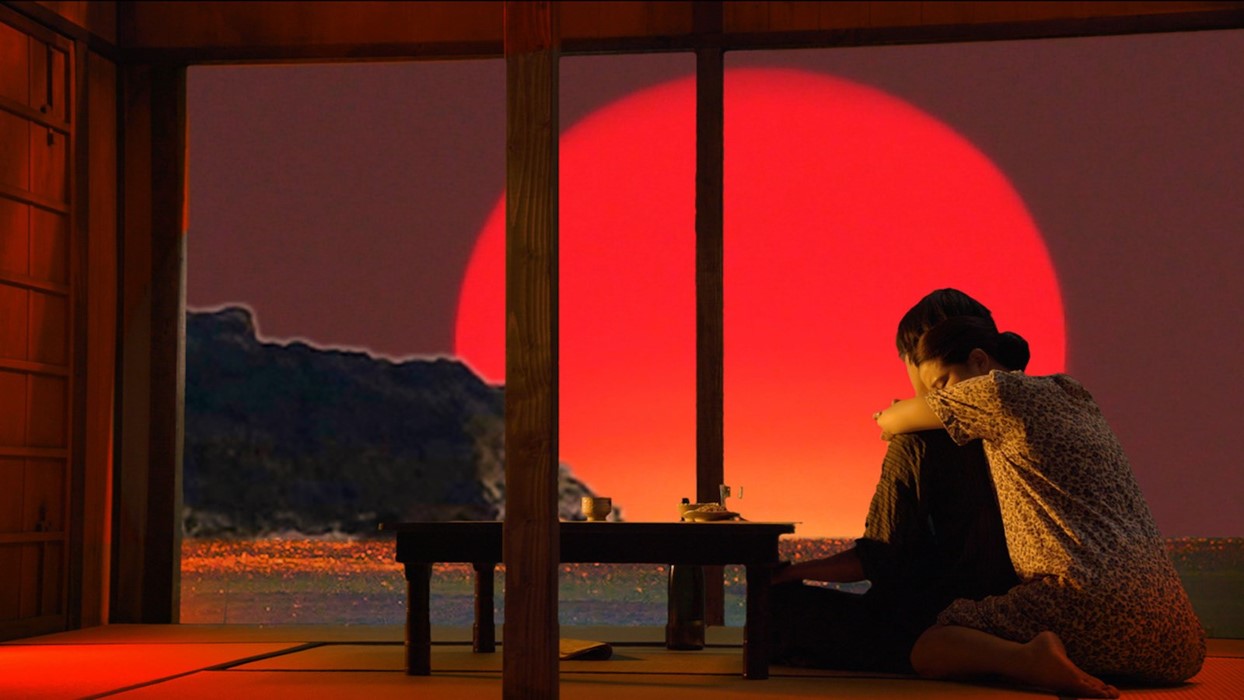
Labyrinth of Cinema, 2019
Whereas House has been described as an advertisement for cinema itself, 2019’s Labyrinth of Cinema introduces itself as “a movie to explore cinematic literature”, declaring that “it’s time to review history so we can build a better future.” The resulting triumph, then – newly available on physical media via boutique label Crescendo House – is a dazzling rumination on Japanese history and a passionate love letter to filmmaking; a megalithic swan song for the director, who would die less than six months after the film’s premiere in Japan.
Labyrinth of Cinema is the story of three time-hopping cineastes who attend the final all-nighter at a cinema in Onomichi, Hiroshima (Obayashi’s hometown). Once it begins, they embark on a larger-than-life journey through Hollywood musicals, samurai films and brutal world wars after being sucked into the world of cinema itself. On their travels, they encounter a vine-swinging Tarzan, gravity-defying koi, the legendary Japanese filmmaker Yasujiro Ozu, and superstar actor Tadanobu Asano, who makes an action-packed entrance as a pistol-wielding wartime lieutenant. They all combine as a tapestry of references to classic Japanese cinema, as well as Obayashi’s own works, flood the screen in an explosion of vibrant fantasy.
The film ends on a powerful and sombre note, as Obayashi himself, physically deteriorated from cancer treatment, is pictured playing an out-of-tune piano in one of the final shots. In signature Obayashi style, the images are contrasted with that of something wholly surreal – a colossal baby floating through the solar system à la Kubrick’s 2001: A Space Odyssey. The message lingers long after the credits: though the director has departed, he’ll live on forever through his films.
